ABSTRACT
With the emergence of cyber-physical systems, there has been a growing interest in network-connected devices. One of the key requirements of a cyber-physical device is the ability to sense its environment. Wireless sensor networks are a widely-accepted solution for this requirement. In this study, an embedded multi-agent systems-managed wireless sensor network is presented.
A novel architecture is proposed, along with a novel wireless sensor network architecture. Active and passive wireless sensor node types are defined, along with their communication protocols, and two application-specific examples are presented. A series of three experiments is conducted to evaluate the performance of the agent-embedded wireless sensor network.
BACKGROUND
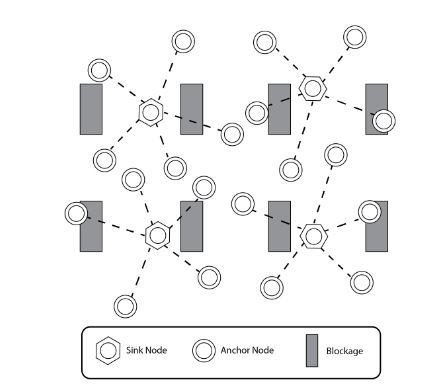
Figure 1. An industrial wireless sensor network with sink nodes and sensor nodes
When a large-scale industrial WSN processes data from many sensor nodes, a large bandwidth overhead is created. One of the most widely-accepted solutions that reduces this bandwidth overhead is clustering the WSN. This clustering process creates a hierarchical structure in the WSN, which allows for more streamlined data aggregation. The clustering process also creates two categories for classifying nodes within the WSN. These node types are sink nodes and regular sensor nodes, which are shown in Figure 1.
PREVIOUS WORK
In this section, recent work directly related to this study is discussed. Initially, previous work on agent-based WSN is discussed, followed by the authors work on dynamic reconfiguration of WSN using multi-agent systems. The authors previous sink-node embedded multi-agent systems-managed WSN is then discussed. Finally, the authors application-specific example in oil and gas refineries is mentioned.
MULTI-AGENT SYSTEMS EMBEDDED WSN

Figure 2. Sink-node embedded agents for agent-based WSN
Built on the sink-node embedded agent system model initially described, the sink node has several agents embedded in it. These agents are the task manager agent, the device manager agent, the port manager agent and, finally, the sink node mediator agent. These agents are described below and are shown in Figure 2.
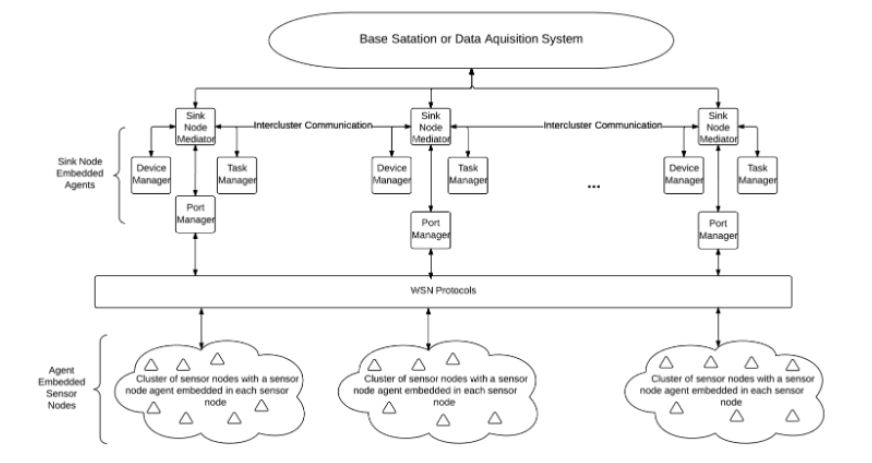
Figure 5. Wireless sensor network architecture
As can be seen in Figure 5, sensor node agents are deployed on sensor nodes, which allows sensor nodes to communicate with the sink node of their respective clusters through the WSN communication protocols. The sink node embedded agents communicate with the data acquisition system and/or other sink nodes through other network protocols. Since the network architecture follows a clustered topology, scaling the network to more nodes is relatively simple. An industrial WSN can be composed of one, two or many sink nodes and one, two or many clusters of sensor nodes.
ACTIVE VS. PASSIVE SENSOR NODES
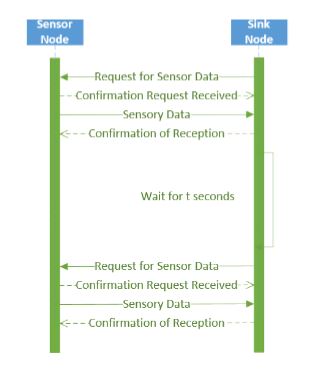
Figure 6. Active wireless sensor node communication with the sink node
As previously mentioned, active sensor nodes will send sensory data only when requested by the sensor node. This process is initiated when the sink node sends a request. The sensor node confirms the request was received, then sends the sensory data. The sink node confirms the sensory data were received and then waits until it needs to request more sensory data (usually based on a sink node time interval). In other words, the active wireless sensor nodes use a query-based architecture to transmit sensory data upon request. This process is illustrated in Figure 6.
APPLICATION SPECIFIC EXAMPLE
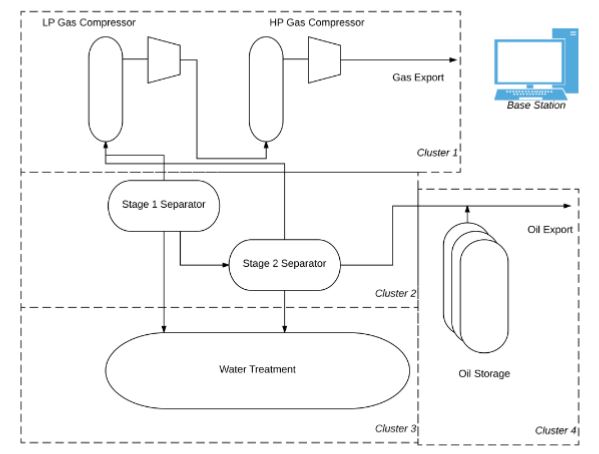
Figure 8. WSN for oil and gas refinery applications
Figure 8 also shows how cluster wireless sensor nodes can be used to monitor equipment. A cluster of wireless sensor nodes can be embedded into a group of machinery: for example Cluster 1 consists of wireless sensor nodes embedded in the low pressure and high pressure gas compressors. Similarly, a cluster of wireless sensor nodes can represent one piece of equipment, for example: Cluster 3 consists of wireless sensors embedded into the water treatment equipment.
EXPERIMENTS
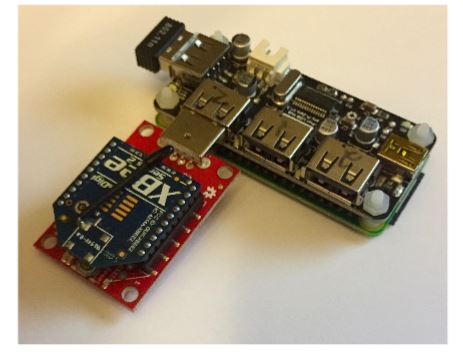
Figure 10. Photograph of Raspberry Pi Zero-based sensor node hardware
The hardware platform in which the sensor node agents are embedded on are a Raspberry Pi Zero v1.3. These Raspberry Pi Zeros are connected to their WSN components, which are ZigBee XBee nodes, using a standard XBee Explorer adapter. The sensor nodes also include a standard WiFi adapter; however, these adapters are only used for agent deployment and not in experimentation. A photograph of a sensor node can be seen in Figure 10.
EXPERIMENTAL RESULTS
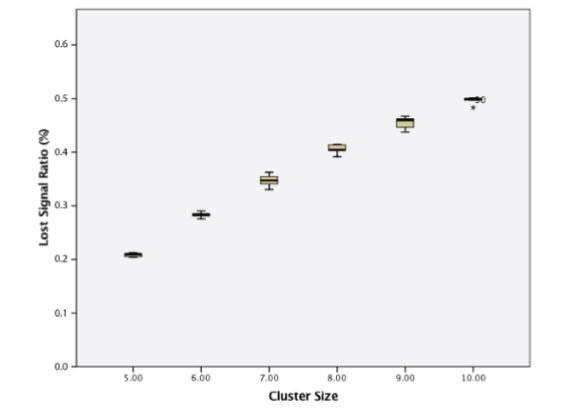
Figure 12. Lost signal ratio of cluster of 5–10 passive wireless sensor nodes with a 5 s transmission interval
When considering the lost signal ratio, for a cluster of passive wireless sensor nodes with 5s transmission intervals, there was a statistically-significant difference between groups as determined by one-way ANOVA (F(5,24) = 718.726, p = 0.000). A Tukey post hoc test revealed that the lost signal ratio became statistically significantly higher whenever an extra sensor node was added, as summarized in Figure 12.
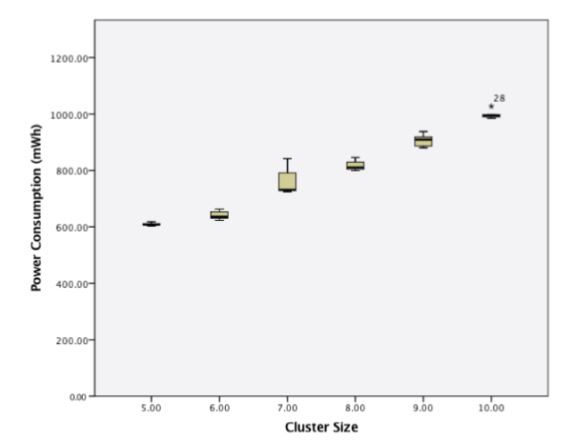
Figure 15. Power consumption of a cluster of 5–10 passive wireless sensor nodes with a 10 s transmission interval
For the power consumption for a cluster of passive wireless sensor nodes with 10 s transmission intervals, there was a statistically-significant difference between groups as determined by one-way ANOVA (F(5,24) = 163.934, p = 0.000). A Tukey post hoc test revealed that the power consumption became statistically significantly higher whenever an extra sensor node was added, as summarized in Figure 15.
DISCUSSION
In the first experiment, sensor node clusters with a message interval of 5 s were compared with sensor node clusters with an interval of 10 s. The experiment found that for a cluster of passive wireless sensor nodes, increasing the number of nodes in the cluster resulted in an increase of the lost signal ratio, as well as an increase of power consumption per sensor node. The first experiment also found that increasing the interval between messages sent generally decreases both the lost signal ratio, as well as the power consumption of the WSN cluster.
CONCLUSIONS AND FUTURE WORK
In this study, an embedded multi-agent systems-managed wireless sensor network was presented. A novel architecture was proposed in which several agents are embedded in each sink node to manage clusters in a distributed fashion, and one agent is embedded in each sensor node. Active or query-based and passive or advertisement-based wireless sensor node types are compared. Two application-specific examples are also presented in this paper that illustrate the type of industrial WSN referenced in this paper.
The first example, which is an example from a previous agent-based WSN, is an agent-based WSN for the oil and gas refining process. The second example is a novel embedded agent-based WSN for a tank storage facility, which requires the plug and play characteristics of the agent-embedded WSN. This paper also presents a series of three experiments. The results of these experiments show that increasing the size of a cluster of sensor nodes increases the lost signal ratio and increases the power required for each sensor node, which coincides with the results of many previously performed experiments.
The results also show that active or query-based wireless sensor nodes produce a lower lost signal ratio and require lower amounts of power than passive or advertisement-based wireless sensor nodes. Most importantly, the experiments show that dynamic clusters of wireless sensor nodes do not have a higher lost signal ratio or require more power than static WSN clusters. This is important as the dynamic characteristic is required for the WSN in the application-specific examples presented in this paper.
Source: University of Calgary
Authors: Mohammed S. Taboun | Robert W. Brennan
>> More Wireless Sensor Networks Projects Abstract for Engineering Students
>> More Wireless Embedded Projects for Engineering Students
>> More Wireless Raspberry Pi Projects for Engineering Students
>> More Wireless Projects Using Zigbee for Engineering Students